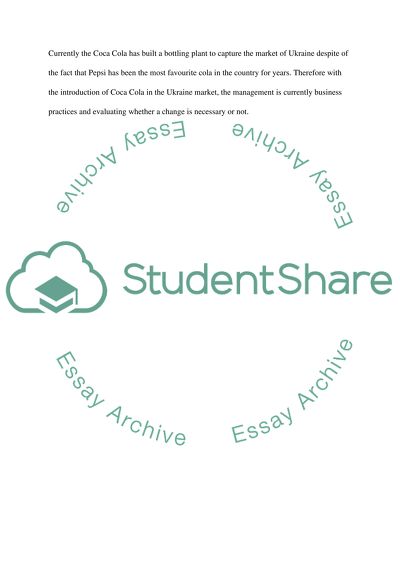Cite this document
(“Pepsi Cola International (PCI) in Ukraine Essay”, n.d.)
Retrieved from https://studentshare.org/marketing/1585603-pepsi-cola-international-pci-in-ukraine
Retrieved from https://studentshare.org/marketing/1585603-pepsi-cola-international-pci-in-ukraine
(Pepsi Cola International (PCI) in Ukraine Essay)
https://studentshare.org/marketing/1585603-pepsi-cola-international-pci-in-ukraine.
https://studentshare.org/marketing/1585603-pepsi-cola-international-pci-in-ukraine.
“Pepsi Cola International (PCI) in Ukraine Essay”, n.d. https://studentshare.org/marketing/1585603-pepsi-cola-international-pci-in-ukraine.


